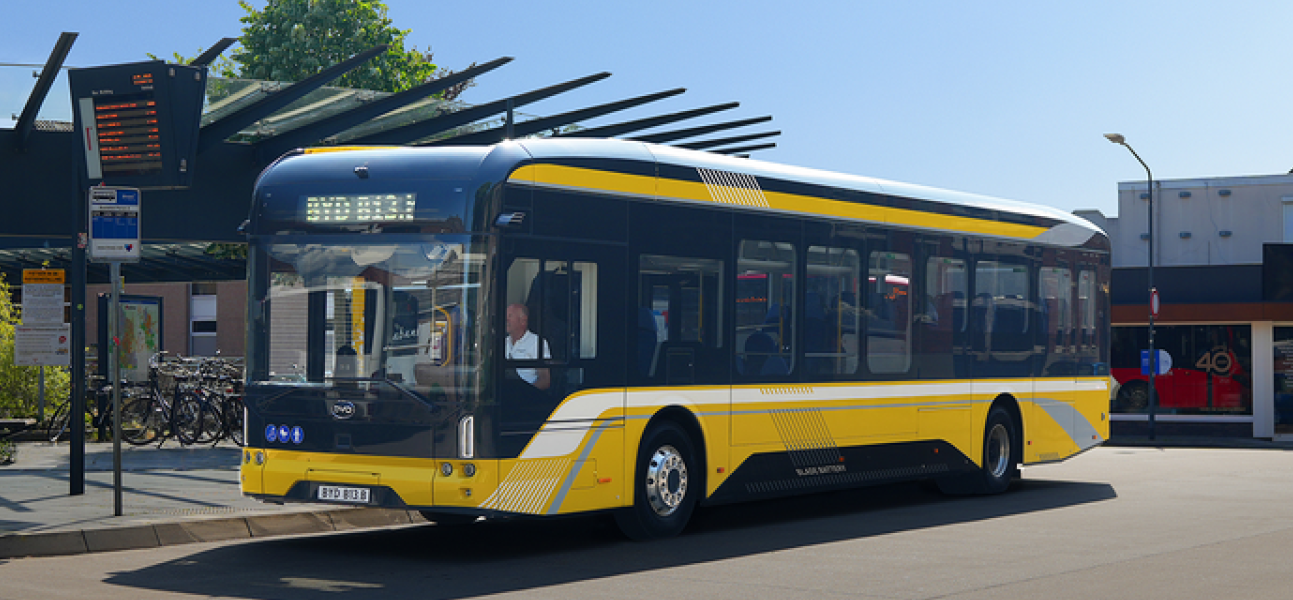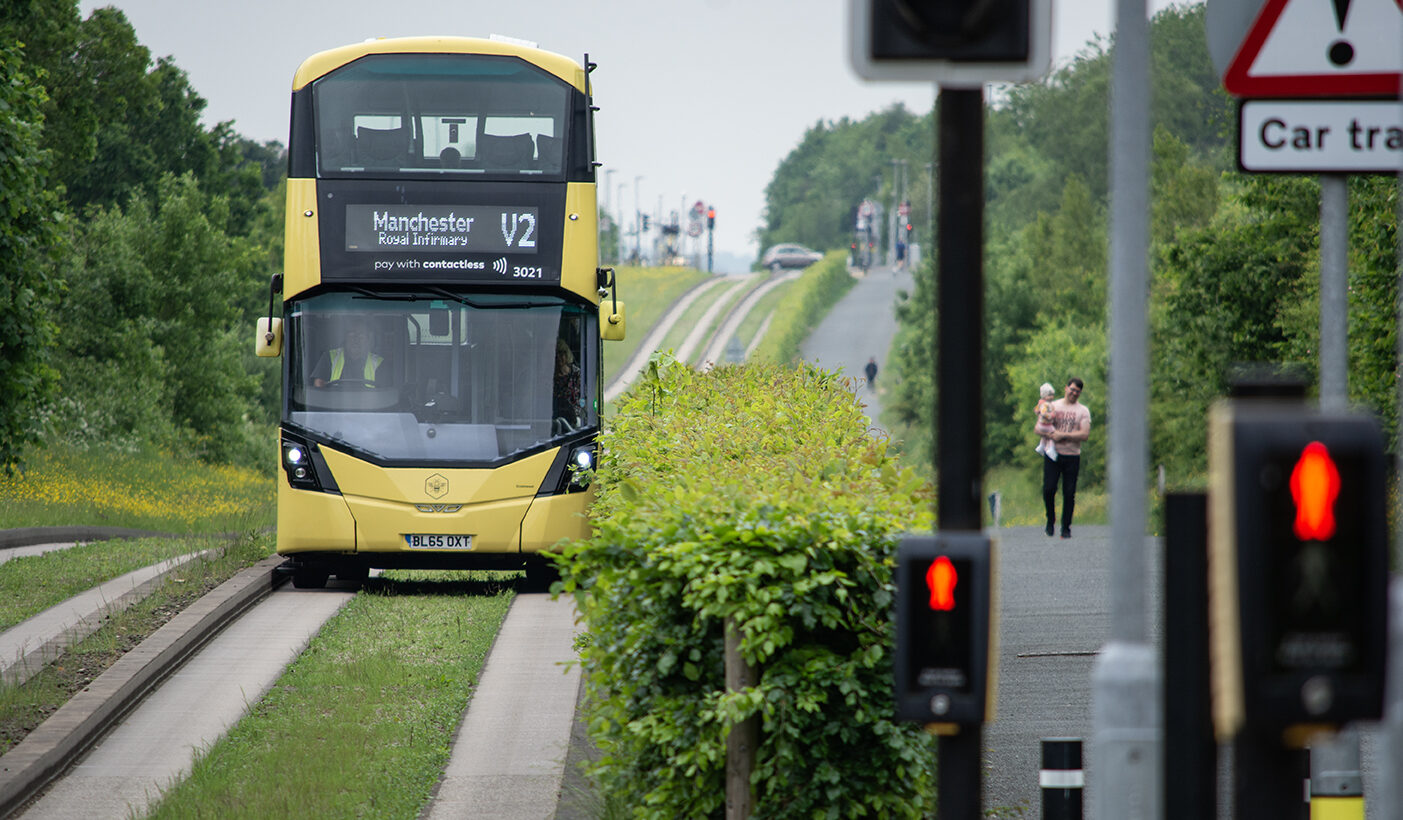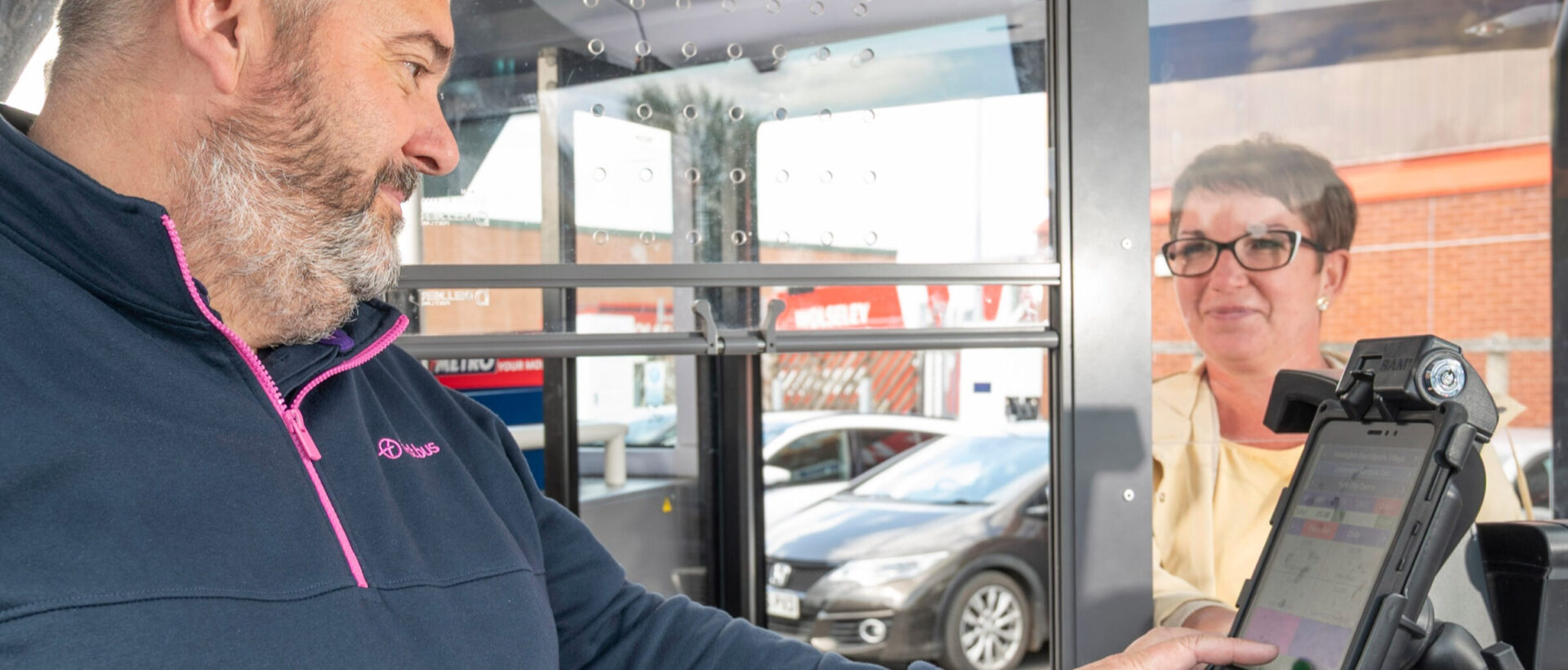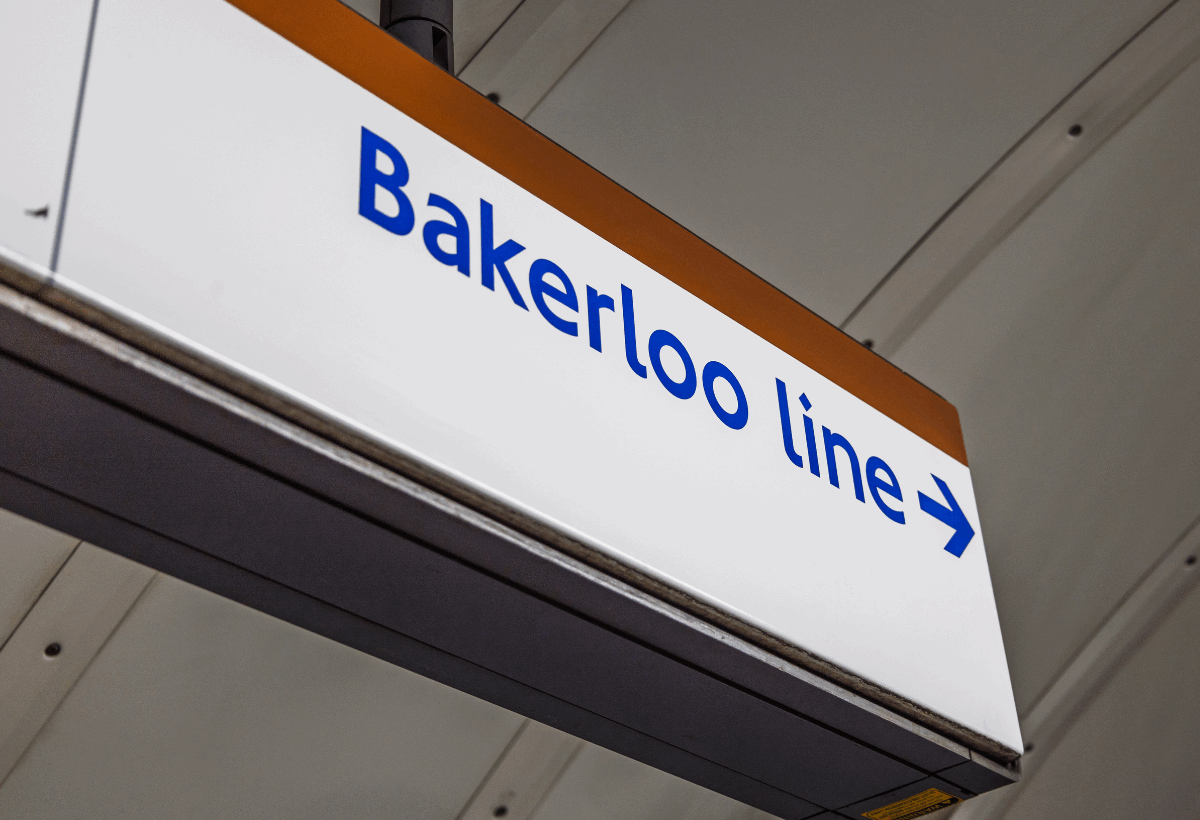With the collective need for a United Kingdom free from carbon emissions; more and more operating companies are beginning to lay groundwork for their own charging infrastructure to keep costs low, control ownership and make the transition to electric vehicles (EV) as easy as possible.
At MOVE 2025 at the ExCel, London, Faizan Ahmad, Decarbonisation Programme Director at First Bus detailed how the company is already striving to provide both a sufficient infrastructure for themselves and for those in need outside the organisation.
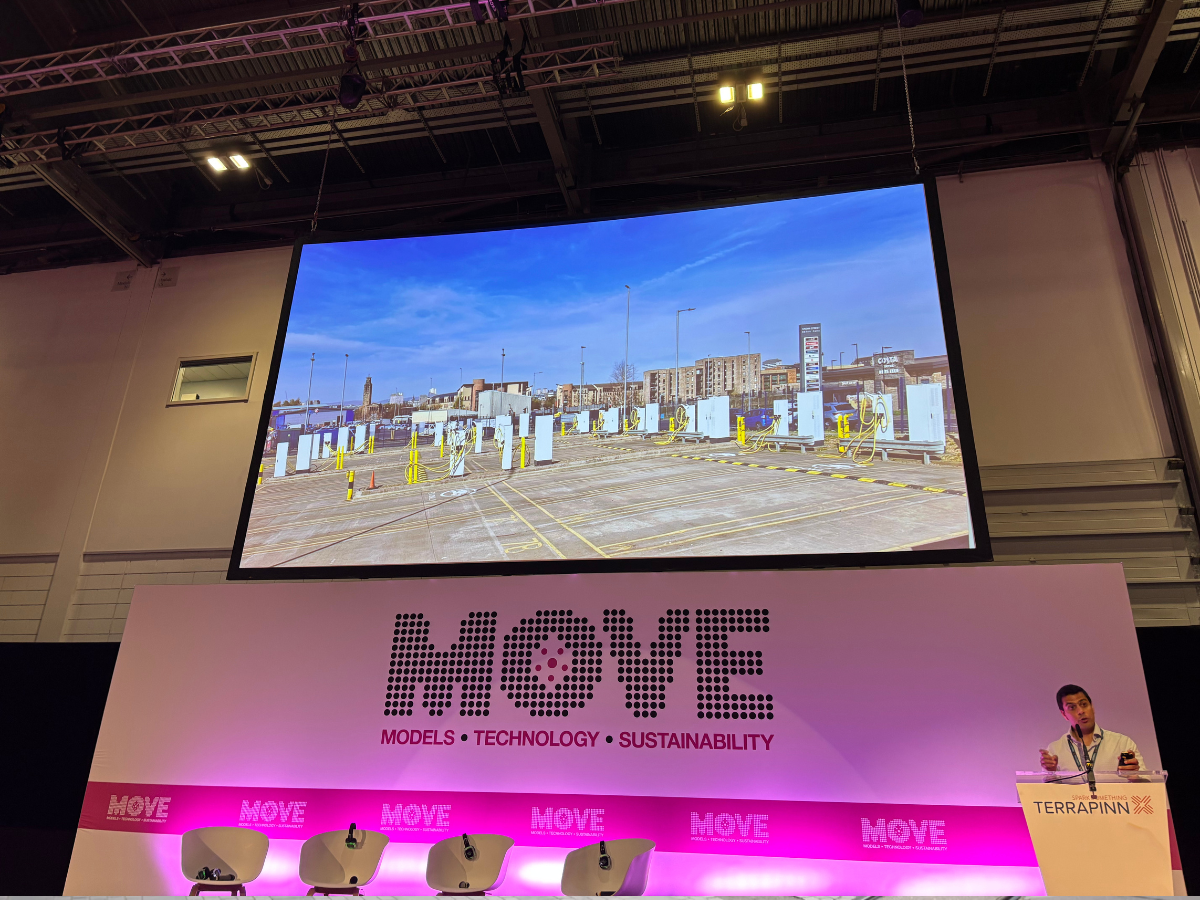
One of the largest operators in the UK, First Bus schedules roughly 5,000 buses on routes from Penzance to Aberdeen, and everywhere in between. As of 2025, the operator owns and operates more than 1,000 EVs, a number which has grown from just 200 in 2022 and is set to expand to 1500+ in 2026.
A fleet of that size requires an equally large number of charging points strewn across the UK, and, as expected, this will not come cheap. So, how is First Bus choosing to offset this cost? A shared EV charging infrastructure.
First Bus operates services throughout busy days across the country, which will typically render its depots and, consequently, charging sites, empty throughout most daylight hours.
In what Ahmad labels as a ‘no brainer’, the company has decided to offer charging facilities in a three-model structure (now officially named first charge), which allows the business to recoup installation costs and, perhaps most crucially, remove one of the largest road blocks to wider EV adoption.
Three Models – One Shared Solution
In order to provide the widest solution possible across a number of different sectors, First Bus have developed a shared infrastructure model utilising three different offerings.
The first is the ‘Inside the Fence’ model. This system consists of the offering of the use of chargers within First Bus’ depots themselves during the day, with arrangements made via commercial agreements.
These chargers, which would otherwise lay dormant throughout the day, are instead offered to companies such as Centrica and Collins Earthworks, who require the use of the shared infrastructure due to a lack of home charging units and general space requirements.
The second, the ‘Outside the Fence’ model, utilises existing First Bus infrastructure to provide power to chargers located just outside of the depots themselves. These are made available to the general public for a fee and use the existing, pre-installed grid, such as at the operator’s Summercourt depot in Cornwall.
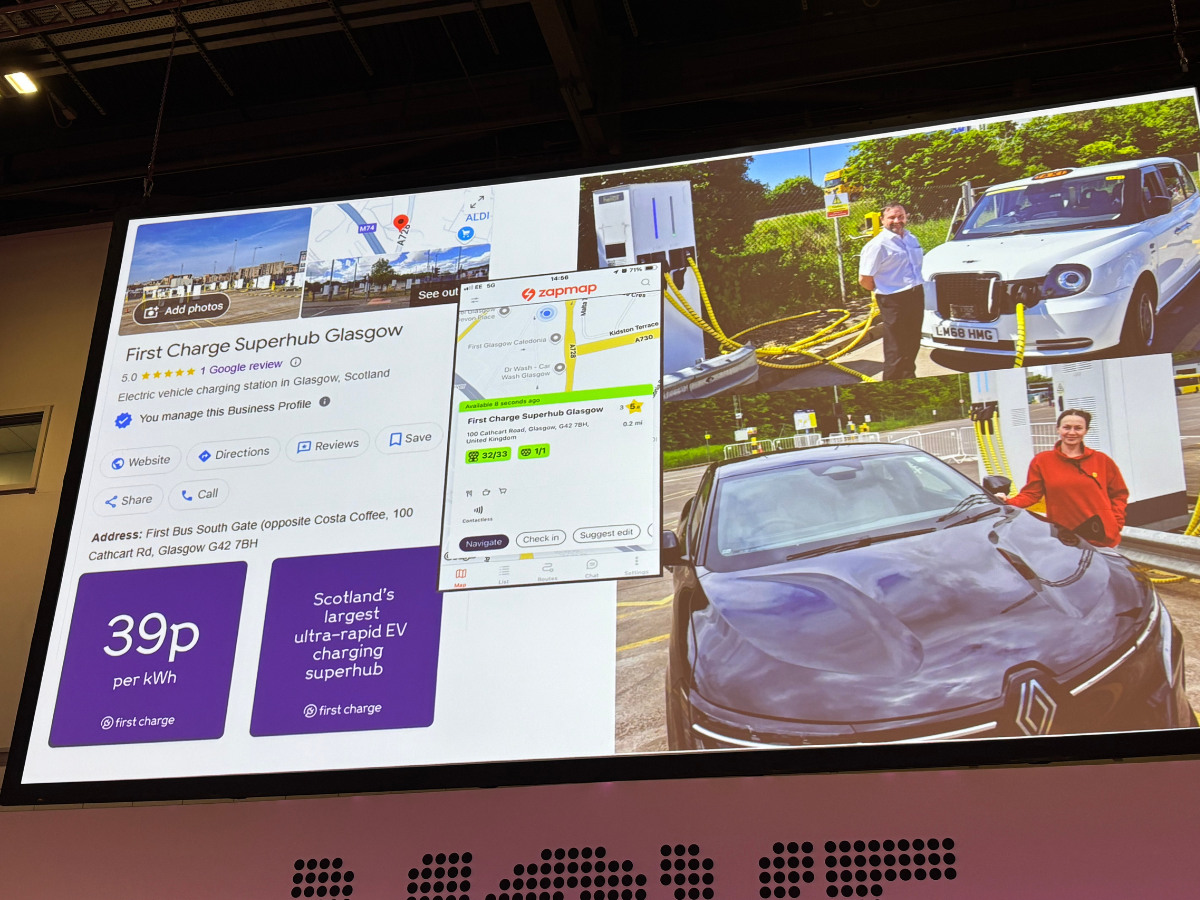
Finally, the operator has begun to introduce charging services as part of the ‘Flex the Fence’ model, which charging facilities within depot premises’ within their own bespoke area, combining elements of both aforementioned Fence models. This system has been implemented at First Bus’ depot in Caledonia, Glasgow.
Charging for Everyone
With the operator choosing to share its existing infrastructure, it opts to reject a potential monopoly of a charging infrastructure in favour of providing more incentive to those looking to shift from general petrol and diesel-based vehicles to electric alternatives, and with the UK aiming to achieve carbon neutrality by 2050, the move could be considered a crucial lifeline for those ‘On the Fence’.














